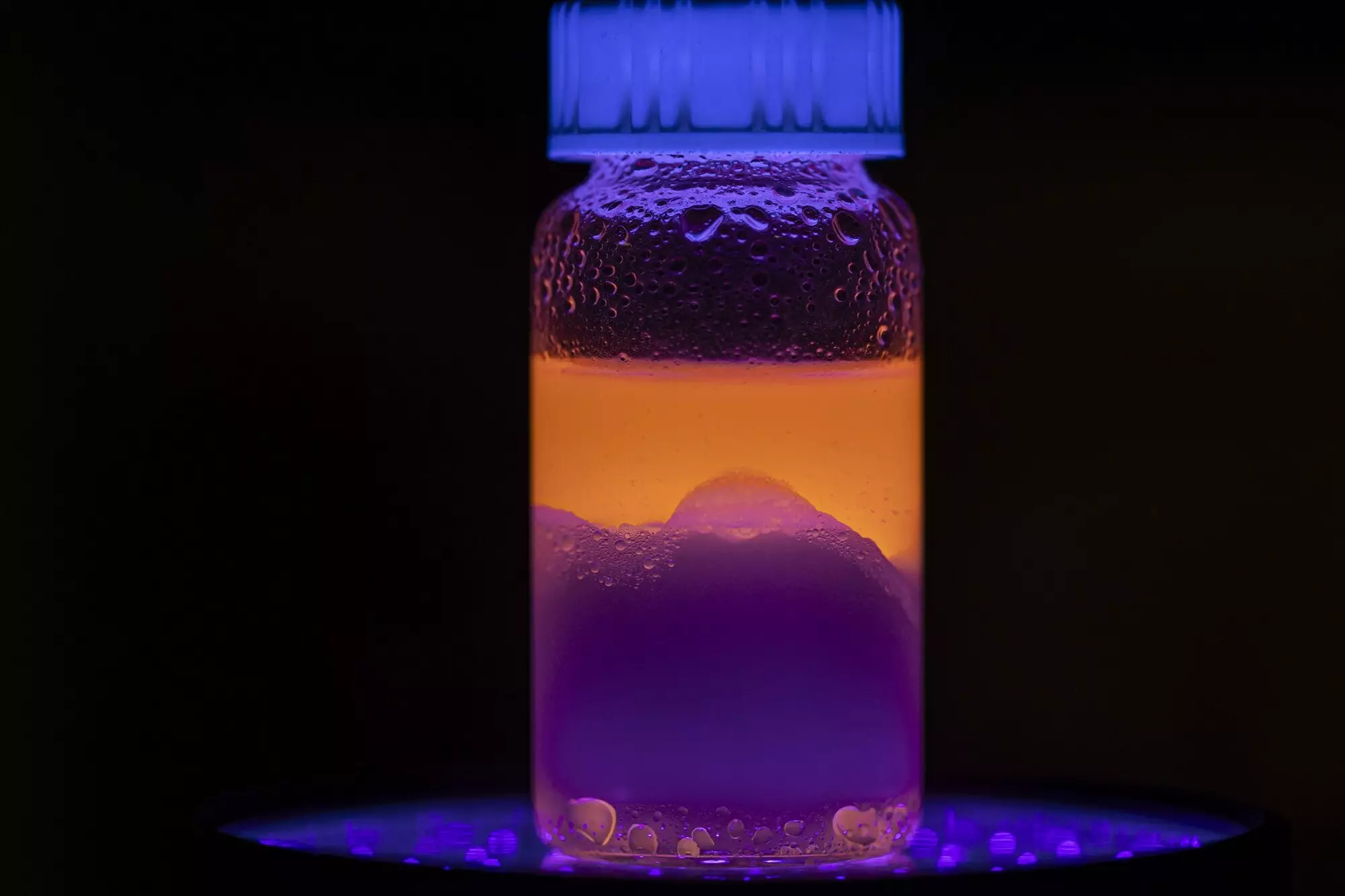In our increasingly polluted environment, an insidious new threat has emerged: nanoplastics. These incredibly tiny fragments, often smaller than the diameter of a human hair, are seldom visible to the naked eye, yet their presence in the ecosystem and potential negative impacts on human health cannot be ignored. Research has indicated links between these micro-sized pollutants and serious health issues, including cardiovascular and respiratory diseases. Their accumulation in marine and freshwater ecosystems poses a critical challenge, often unnoticed, until it reveals itself with dire consequences for wildlife and humans alike.
The significance of addressing nanoplastic pollution cannot be overstated. Their ability to disrupt ecosystems means that they can infiltrate the food chain, ultimately affecting human consumers. Additionally, as global pollution rates soar, innovative methods to combat these pollutants become increasingly essential. Thankfully, scientists at the University of Missouri have stepped into this challenging arena.
The recent pioneering work by researchers at the University of Missouri introduces a promising approach to tackle the burgeoning problem of nanoplastic contamination in aquatic environments. Their innovative methodology, which effectively removes over 98% of nanoplastic particles from water sources, highlights not only the potential of scientific innovation but also the urgent necessity for solutions that balance efficacy with environmental safety. The findings were published in the reputable journal ACS Applied Engineering Materials, establishing Mizzou as a key player in the search for sustainable remediation techniques.
At the heart of this research is a novel liquid-based solution that utilizes a unique, water-repelling solvent derived from natural ingredients. This advanced tactic differentiates it from previous attempts to combat plastic pollution. By employing minimal amounts of designer solvents to target a large volume of contaminated water, the research team is crafting a practical and feasible pathway to mitigate the hazards posed by nanoplastics.
The methodology developed by the Mizzou team operates on principles that allow the solvent to act uniquely. Initially, the solvent remains floating on the surface of the water, akin to how oil behaves. Once integrated with the water and subsequently allowed to separate, the solvent re-emerges at the surface, drawing with it the embedded nanoplastic particles. Using pipettes in a laboratory setting, researchers can easily extract this contaminated solvent, leaving behind pure, uncontaminated water.
Furthermore, the research team is focused on scaling this process up to address larger water bodies in the future. As noted by Gary Baker, an associate professor involved in the study, there is a clear intention to explore the solvent’s maximum capacity and investigate recycling methods for these natural solvents. This level of foresight indicates a commitment not just to immediate results, but to long-term solutions that could benefit broader environmental sustainability efforts.
One of the most profound implications of this research extends beyond water purification; it opens the door to further studies on the behavior of nanomaterials and enhances our understanding of how to combat plastic pollution in a broader context. The findings not only inform future filtration technologies but also have the potential to influence environmental policy-making. As Piyuni Ishtaweera, one of the lead researchers and a recent PhD graduate, emphasizes, the importance of these breakthroughs is vast. “From a scientific perspective, creating effective removal methods fosters innovation… and supports the development of informed environmental policies,” she explains.
Moreover, the versatility of the research is noteworthy: it has proven effective in both fresh and saltwater systems, which expands its applicability to various aquatic environments affected by pollution. With the solvents being derived from non-toxic, safe components, this research not only addresses immediate environmental concerns but does so with a level of sustainability that is desperately needed in modern science.
The work being undertaken at the University of Missouri underscores a significant advancement in the fight against nanoplastic pollution. By creating a system that efficiently scavenges nanoplastics while ensuring the safety of ecosystems, the researchers are paving the way for a cleaner future. As they endeavor to scale this innovation and deepen our understanding of nanoplastic behavior, it is vital that other institutions collaborate and support such initiatives. The battle against plastic pollution is ongoing, but the tide is gradually turning in favor of innovative solutions capable of protecting both human health and our invaluable ecosystems.


Leave a Reply